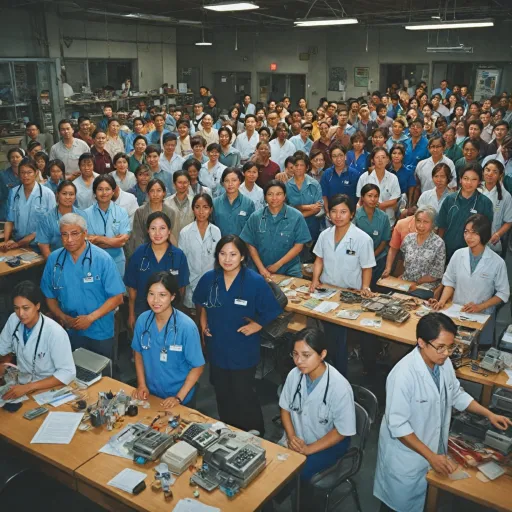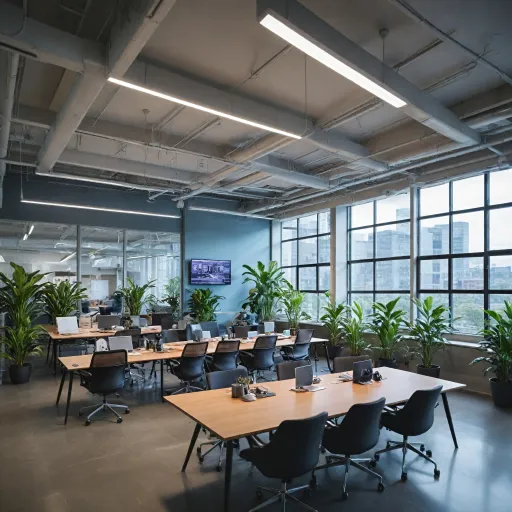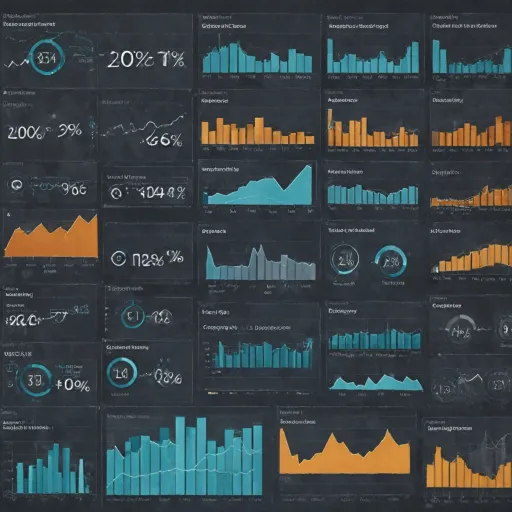
Understanding Hybrid Work Models
Grasping the Dynamics of Flexible Work Arrangements
The evolving landscape of work environments entails a shift from traditional office settings to hybrid work models, blending both in-office and remote working. This transformation is redefining how employees interact with their teams and environments, influencing various aspects of work, including health and safety measures. Hybrid working provides the flexibility that many employees need, but it also presents unique safety challenges that companies must address. In hybrid work environments, various configurations exist, with some employees working entirely remotely, while others mix office and home-based work. Companies may adopt these models to cater to diverse work preferences and enhance productivity. However, integrating remote work into the workforce requires companies to rethink traditional safety protocols. Understanding these dynamic working conditions is essential for employers to effectively mitigate security risks and ensure workplace safety. Employers need to consider the health and safety of employees working across different environments, as hybrid work can expose employees to both physical and mental health challenges. For example, employees might face potential security risks such as using unsecured networks or working on less secure devices when working remotely. The role of employers extends to ensuring that remote employees have the necessary resources and guidance to feel secure and supported in their work environments. Identifying potential risks and implementing effective health safety measures becomes paramount. Risk assessments, tailored to hybrid work settings, can help identify areas that require attention, allowing companies to prioritize and address these challenges appropriately. For a comprehensive understanding of how hybrid work models influence safety dynamics, companies can benefit greatly from exploring sick leave regulations, which often intertwine with employee health in hybrid contexts. Understanding sick leave laws becomes a key piece in navigating the complexities of hybrid work safety, ensuring the welfare of both in-office and remote employees.Identifying Safety Risks in Hybrid Work
Addressing and Handling Safety Concerns
In the evolving landscape of hybrid work, safety risks are multifaceted and require thorough analysis. As employers strive to create optimal work environments that cater to both in-office and remote employees, identifying these risks becomes key. Hybrid working models often bring unique challenges, with a prominent issue being the security risks associated with work devices. Remote employees working from various locations might encounter unsecured networks, which pose significant threats to data security. As a company, it is essential to provide guidance on protecting sensitive information, whether employees work on-site or remotely. Moreover, physical health and safety take a different form in these setups. Employee health can be impacted by inadequate home-office setups, leading to ergonomic injuries. Hence, companies should encourage proper workstation configurations to maintain workplace health safety, ensuring hybrid workers have access to appropriate equipment. The mental health of employees is another crucial aspect. Working remotely can lead to feelings of isolation and anxiety, affecting overall mental well-being. Employers should foster a supportive work environment that promotes open communication, providing resources to help employees feel connected and valued. Risk assessments should be conducted regularly to address these concerns, identifying potential hazards in both physical and mental health areas. An effective strategy involves evaluating employee feedback and using it to implement safety protocols that cater to the specific needs of hybrid work settings. Incorporating these safety measures will contribute to a secure and healthy work atmosphere for employees operating under a hybrid model. By recognizing and acting on safety risks, companies can enhance their team’s performance and morale, paving the way for a sustainable future in hybrid work environments. For more insights, explore this resource on understanding RTO in the workplace.The Role of Human Resources Analytics
Integrating Human Resources Analytics into Safety Strategies
In the rapidly evolving landscape of hybrid work models, companies are increasingly turning to human resources analytics to navigate the complex safety challenges posed by this dynamic work environment. Leveraging data plays a significant role in identifying and mitigating security risks associated with both remote and on-site work settings. By analyzing patterns and trends, employers can anticipate potential risks and develop comprehensive risk assessments tailored to their unique workplace configurations.
Human resources analytics offer companies critical insights into employee behaviors, device usage, and common safety vulnerabilities inherent in hybrid working. With a meticulous approach to data analysis, organizations can pinpoint areas where employees working remotely may face heightened risk, such as unsecured networks or improper handling of work devices. This knowledge empowers HR departments to create targeted interventions and training programs to enhance both physical and mental health safety of the workforce.
Moreover, understanding the mental health aspects of hybrid work is crucial as remote employees may experience isolation or stress due to lack of physical interaction with their team. Analytics can highlight these issues early, allowing employers to implement supportive measures and foster a healthy work environment where employees feel valued and secure.
Overall, the integration of HR analytics into safety protocols is a proactive approach that not only addresses immediate safety concerns but also contributes to developing long-term strategies for sustainable safety in hybrid work environments. By continuously monitoring and evaluating data, companies can adapt their safety measures to the ever-changing landscape of work, ensuring the well-being of their employees while enhancing organizational resilience.
Implementing Safety Protocols
Setting up Effective Safety Practices
Creating a hybrid work environment that adequately addresses health and safety concerns is essential for companies. Implementing safety protocols requires a strategic approach tailored to the unique needs of hybrid models. Here’s how organizations can put effective practices in place:- Developing Safety Guidelines: Organizations should start by defining safety guidelines that cover both remote and in-office settings. These guidelines must address physical safety measures and extend to mental health considerations. Clear communication of these protocols ensures that all employees, whether in the office or working remotely, understand the expectations and procedures.
- Investing in Safe Work Devices: Ensuring that employees have access to secure work devices is crucial. Employers should provide equipment that is not only efficient but also safe to use, minimizing the risk of accidents or data breaches that can occur when using unsecured networks.
- Facilitating Mental Health Support: Acknowledging the mental health challenges hybrid workers may face, companies should offer support mechanisms. This may include access to counseling, wellness programs, and an open-door policy for discussing mental health concerns.
- Conducting Regular Risk Assessments: Regular evaluations of potential safety risks are necessary. This includes assessing the work environments of remote employees and addressing issues such as ergonomic setups and security risks at home.
- Implementing a Communication Strategy: Two-way communication channels between management and employees help in promptly addressing safety concerns. Encouraging feedback from employees allows companies to continually refine their safety protocols.
Monitoring and Evaluating Safety Measures
Leveraging Technology and Data for Continuous Improvement
In the dynamic landscape of hybrid work, implementing robust health safety protocols is crucial but not the final step. Regular monitoring and evaluation of safety measures ensure their effectiveness and adaptability to the ever-evolving work environments. Companies embracing hybrid working must adopt a strategic approach, incorporating technology and data analytics to enhance safety and reduce security risks.- Real-time Monitoring Tools: Utilize advanced digital tools that offer real-time monitoring of employees' health and safety status. These tools assist in identifying potential risks promptly and allow for immediate response, whether in the office or when remote employees are working on unsecured networks.
- Regular Risk Assessments: Conduct frequent risk assessments to evaluate and update safety measures. These assessments should cover both physical safety in workplaces and the mental health of hybrid workers. Evaluating working conditions, whether in the office or remotely, can indicate areas needing improvement.
- Data-Driven Insights: Leverage data insights to inform safety protocols. Examining patterns in health safety incidents can highlight underlying issues that need addressing. Employers can utilize workforce data to track trends in remote working conditions and the overall well-being of employees working in varied environments.
- Feedback Loops: Create avenues for employees to provide feedback on safety measures. Employee feedback can be invaluable in pinpointing areas where they feel unsecured or uncomfortable. Regular feedback mechanisms help employers adjust protocols according to the practical needs and experiences of their workforce, thus fostering a more secure and productive work environment.
- Training and Education: Regularly educate employees on new and existing safety protocols. Empowering hybrid workers with knowledge assists in maintaining high safety standards across diverse work settings, enhancing security and minimizing risks.













